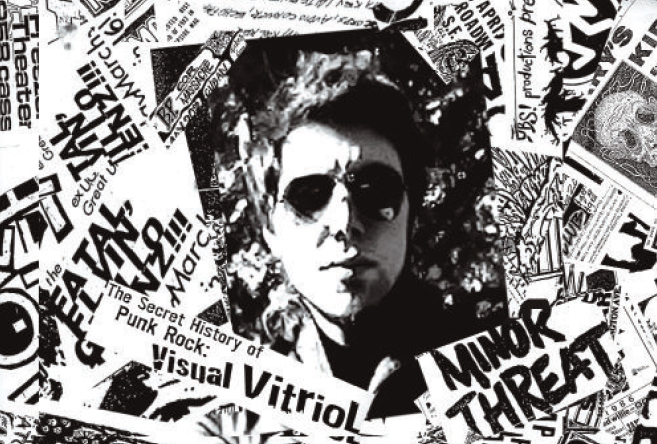The Art Codes

BY EFE UTKU URAL (HART/IV)
“In 1913, I had the happy idea to fasten a bicycle wheel to a kitchen stool and watch it turn. … The choice of these ready-mades was based on visual indifference, a total absence of good or bad taste,  in fact, a complete anesthesia," said Marcel Duchamp to describe his ready-mades. Of course, thismanifestation of "visual indifference" had dual consequences: it dragged the retinal art into chaos and resurrected the already out-of-date anti-art movement, Dada.
in fact, a complete anesthesia," said Marcel Duchamp to describe his ready-mades. Of course, thismanifestation of "visual indifference" had dual consequences: it dragged the retinal art into chaos and resurrected the already out-of-date anti-art movement, Dada.
Let's rewind. Dada started in Switzerland during World War I and was, from the start, a movement based on ideology. Dada was against war, diseased politics, and the standardization of art. It was even against itself. As a follower of Dada, Duchamp entered the New York art scene with the intention of disrupting it with visual arts. He soon blasted the inflexible art perception of the time through his masterpiece, “Fountain” (1917):
http://www.shafe.co.uk/art/Marcel_Duchamp-_Fountain_(Readymade-_1917)-.asp.
“Fountain” was not just a urinal; it was a reflection of sarcasm, arrogance, and pure protest against art authorities. Even better, it placed priority on the ideas rather than the aesthetics, thereby freeing the creative mind. “Fountain” was an invention. It was Duchamp.
Duchamp's work created a number of followers/imitators, but none of them achieved a similar long-term existence in the plastic-arts field as he did. The reason is that the followers overrated Duchamp and accepted him as law; so, Dada was automatically disabled to protect its own unlawfulness. Besides, the imitators, full of aesthetic concerns, directly copied from Duchamp without praising the creative mind; they caused a depoliticization in Dada. Finally, Dada lost its uniqueness due to its own popularization through the 1950s, and the artists and the art investors started to see Dada as a commodity.
By the changing economics of the 20th century, Dada dissolved into different styles. This transformation led to Abstract Expressionism, Neo-Dada, and finally, Pop Art. Today, Dada essentials can be seen in digital arts, but the question remains: Is Dada still around?
After Duchamp, an honest Dada movement was not seen until Pierre Pinoncelli, not a well-known performance artist but a complete Dadaist, emerged onto the scene. This art guerilla damaged two of the eight existing copies of "Fountain" by attacking them by hammer, and, in an act of significant irony, urinating on them. Pinoncelli's first attempt took place in 1993, and he was finally arrested in 2006 at Centre Georges Pompidou after hammering “Fountain,” causing minor damage to the artwork. Following his arrest, Pinoncelli stated that his attack was justified because the work lost its provocative value. He called it "an attack that Duchamp would appreciate."
Although art authorities have agreed that Dada has been outdated for a long time, it seems like it is still around somehow after all. Well, Prepare your hammers then!